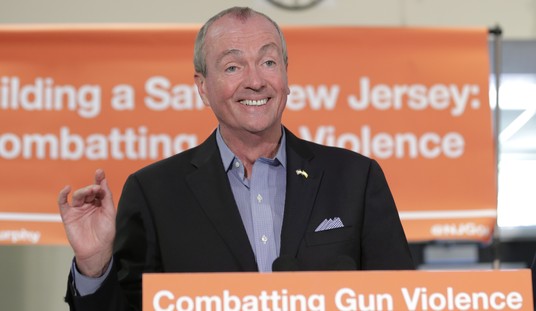Tantalizing circumstantial evidence about the demographic mix in the new ObamaCare exchange risk pools. The more those pools are dominated by the old and sick, the higher premiums will have to be next year to cover the cost of their expensive treatments. The X factor here, though, is that the study includes data only from people whose coverage was in effect in January and February. All the sign-ups in March before the deadline are missing from the picture, an important detail since it’s widely assumed that lots of healthy young “knuckleheads” waited until the last minute to enroll. If that’s true then the early crush of sick people might be manageable; premiums paid by twentysomething latecomers who don’t need much medicare care will simply be applied to paying for the sick, easing costs next year. If it’s not true, premiums are headed up, up, and away, and O-Care’s in trouble.
What makes this study significant, then, isn’t that it’s a surprise. No one’s surprised to find that the very ill rushed to get coverage once guaranteed issue went into effect. What makes it significant is that it seems to confirm that the healthy did, to some extent, hold back during early enrollment. Did they show up later or was that a bust too? Your health-care costs next year partly depend on the answer.
People who signed up early for insurance through the new marketplaces were more likely to be prescribed drugs to treat pain, depression and H.I.V. and were less likely to need contraceptives, according to a new study that provides a much-anticipated look at the population that signed up for coverage under the new health care law…
Julie Huppert, vice president for health care reform at Express Scripts, said she expected to see the picture change as the year progressed. But she said this early glimpse was crucial for insurers, which were already setting their rates for next year…
The study found that six of the 10 most costly drugs in the marketplace plans, in terms of total spending, were specialty drugs, in contrast to four of the top 10 drugs in employer plans. The higher use of specialty drugs could point to additional health care costs, some said.
“The medication is only the tip of the iceberg,” said Daniel N. Mendelson, chief executive of the consulting firm Avalere Health. “What goes along with that is a need for physician visits and, often, hospitalizations associated with complications from the conditions.”
Here’s a quickie two-page breakdown from Express Scripts of their key findings. Note the table comparing conditions for which ObamaCare customers sought treatment to conditions treated among all other insured. Contraceptives are notably lower for O-Care users than for the rest of the population, a clue about the average age of the exchange risk pools circa March 1. More comparison details from Kaiser:
-More than 6 in every 1,000 prescriptions were for an HIV drug, a rate four times that of employer plans.
-HIV/AIDS drugs Atripla and Truvada ranked in the top 10 for total amounts spent on drugs but did not hit the top 10 in spending among the comparison group.
-Sovaldi, an $84,000 treatment approved in December to treat hepatitis C, came in second for total spending, while it ranked No. 8 in the comparison group.
-The volume of pain medication was 35 percent higher; drugs to control seizures were 27 percent higher and antidepressants were 14 percent higher. Conversely, birth control prescriptions were 31 percent lower.
The Hepatitis C drug, in particular, is fantastically expensive at $1,000 per pill; the number of Americans with the disease is upwards of three million. That, in microcosm, is why O decided that bantering with Zach Galifianakis for a few minutes was worth doing. Anything he could do to get the attention, and later the money, of young invincibles by convincing them to sign up and help pay for all this was worth doing. Can’t wait to find out how he did when HHS finally releases the demographic data on enrollees.
Then again, maybe there’s another way to keep costs down. In lieu of an exit question, via Jim Geraghty, I’ll leave you with this:
As a proud new beneficiary of the Affordable Health Care Act, I’d like to report that I am doctorless. Ninety-six. Ninety-six is the number of soul crushing rejections that greeted me as I attempted to find one. It’s the number of physicians whose secretaries feigned empathy while rehearsing the “I’m so sorry” line before curtly hanging up. You see, when the rush of the formerly uninsured came knocking, doctors in my New Jersey town began closing their doors and promptly telling insurance companies that they had no room for new patients.








Join the conversation as a VIP Member